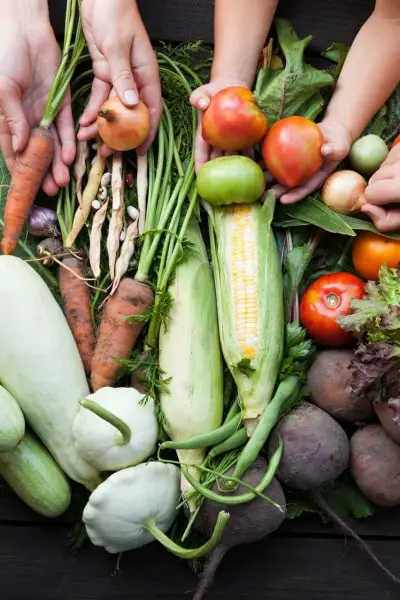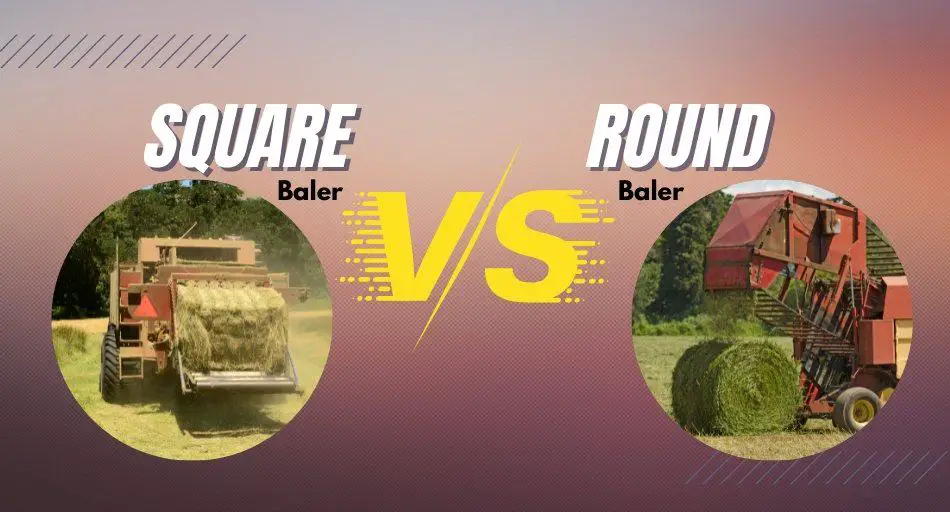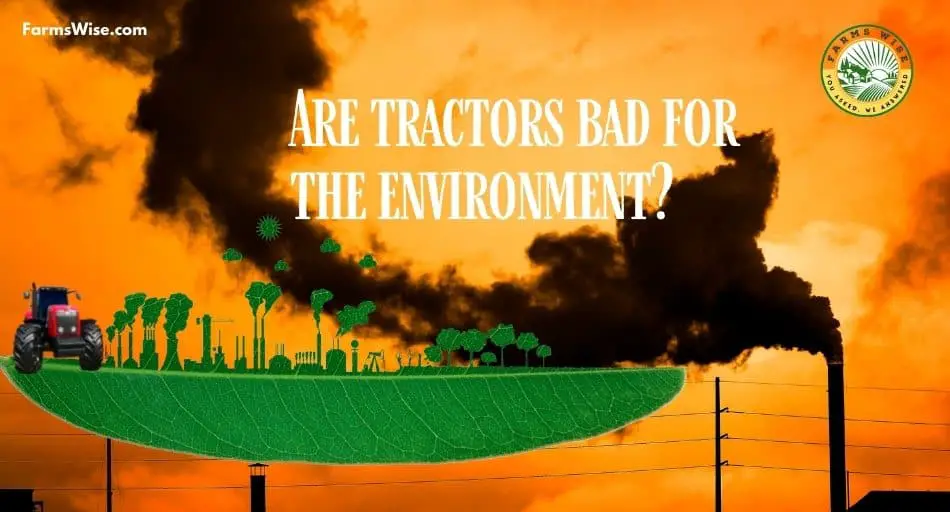Subsistence farming is a type of agriculture where farmers grow crops and raise livestock solely for their own consumption. This means that they do not sell any of their product or animals. Instead, they use everything they grow to feed themselves and their families.
It’s often practiced in rural and developing areas where people rely heavily on agriculture for survival.
Definition
Subsistence farming is a form of farming in which nearly all the crops or livestock raised are used to maintain the farmer and the farmer’s family, leaving little, if any, surplus for sale or trade.
Preindustrial agricultural peoples throughout the world have traditionally practiced this type of farming.
According to Merriam-Webster, subsistence farming is “farming or a system of farming that provides all or almost all the goods required by the farm family usually without any significant surplus for sale.”
READ ALSO: Starting a Hobby Farm: Tips and Tricks for Beginners
History
It has been practiced for thousands of years. In fact, it was the dominant form of agriculture until the Industrial Revolution.
Before the advent of modern technology and transportation, subsistence farming was the only way for people to produce enough food for themselves and their families.
This type of farming was also a way to maintain independence and self-sufficiency.
Importance

It’s still important in many parts of the world, especially in developing countries. In these areas, subsistence farming is often the only way for people to produce enough food to feed themselves and their families.
It’s also important because it promotes self-sufficiency and independence. By growing their own food, subsistence farmers are not dependent on outside sources for their sustenance.
Additionally, this farming can help to preserve traditional farming practices and cultural heritage.
Challenges of Subsistence Farming

Lack of Access to Technology
As a farmer, I often face challenges related to the lack of access to technology. This includes tools, equipment, and knowledge about modern farming techniques.
Without access to modern technology, farmers like me are often forced to rely on traditional farming methods that may be less efficient and less productive.
For example, I may have to rely on manual labor to till the soil, plant seeds, and harvest crops, which can be time-consuming and physically demanding.
READ NEXT: Starting a Small Farm: A Complete Beginner’s Guide
Climate Change
Another major challenge that I face as a farmer is climate change. As temperatures warm, droughts increase, and floods occur more regularly, my farm can lose an entire season’s crop and leave my family without enough food to eat.
Climate change also affects the timing of planting and harvesting, disrupting the traditional farming calendar and making it difficult to predict when crops will be ready for harvest.
Lack of Access to Markets

Finally, subsistence farmers often lack access to markets, which can make it difficult to sell crops for a fair price.
Without access to markets, we may be forced to sell our crops to intermediaries who take a large percentage of the profits, leaving us with little income to reinvest in our farms.
This lack of market access also makes it difficult for us to obtain credit and other financial resources that we need to invest in our farms and improve our yields.
In conclusion, subsistence farming is a challenging way of life that requires hard work, dedication, and resilience.
Despite these challenges, this type of farming remains a vital source of food for millions of people around the world.
We must work to support and empower subsistence farmers so they can continue to feed their families and communities.
Advantages of Subsistence Farming

Food Security
One of the biggest advantages of subsistence farming is the ability to provide food security for the farmer and their family.
By growing their crops and raising their livestock, subsistence farmers can ensure a reliable food source, reducing the risk of hunger and malnutrition. This is especially important in areas with limited or unreliable access to food.
READ NEXT: How Farmers Can Earn Money From YouTube (Complete Guide)
Self-Sufficiency
It allows farmers to be self-sufficient in terms of food and other basic needs. By growing their own crops and raising their own livestock, subsistence farmers can produce the materials needed to make clothing and build structures.
This reduces the need to rely on outside sources for these basic necessities, which can be especially important in rural areas where access to these resources may be limited.
Conservation of Biodiversity
Subsistence farming practices often involve the use of traditional and sustainable farming methods, which can help to conserve biodiversity.
By using diverse cropping systems and avoiding using chemicals and synthetic fertilizers, farmers can help preserve the natural environment and protect local wildlife.
This can also help to maintain the long-term health and productivity of the land.
Overall, subsistence farming can provide a number of benefits for farmers and their families, including food security, self-sufficiency, and conservation of biodiversity.
By using traditional and sustainable farming methods, farmers can help to ensure a reliable source of food and other basic needs while also protecting the natural environment and preserving local wildlife.

Jack is the owner, chief editor, and senior writer of this website.
Machinery, engines, and farming have always been a passion of his since he was a young boy. Growing up on a small farm in rural America, he learned the value of hard work and dedication from an early age.
After completing his degree in Engineering, he decided to follow his dream and became a farmer in 2009.
Since then, he has gained a wealth of knowledge and experience in the field. He has grown a variety of crops, tended to farm animals, and worked with all sorts of farming machinery. Continue reading…





